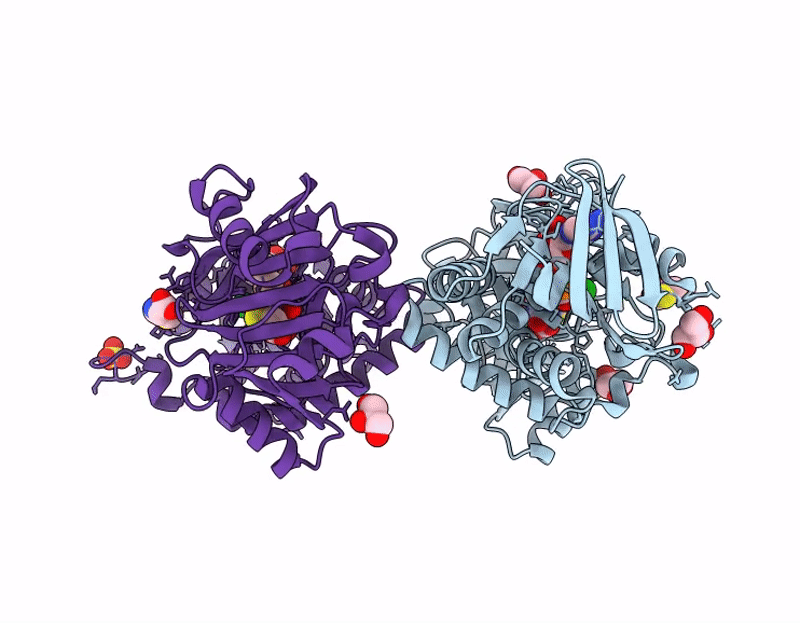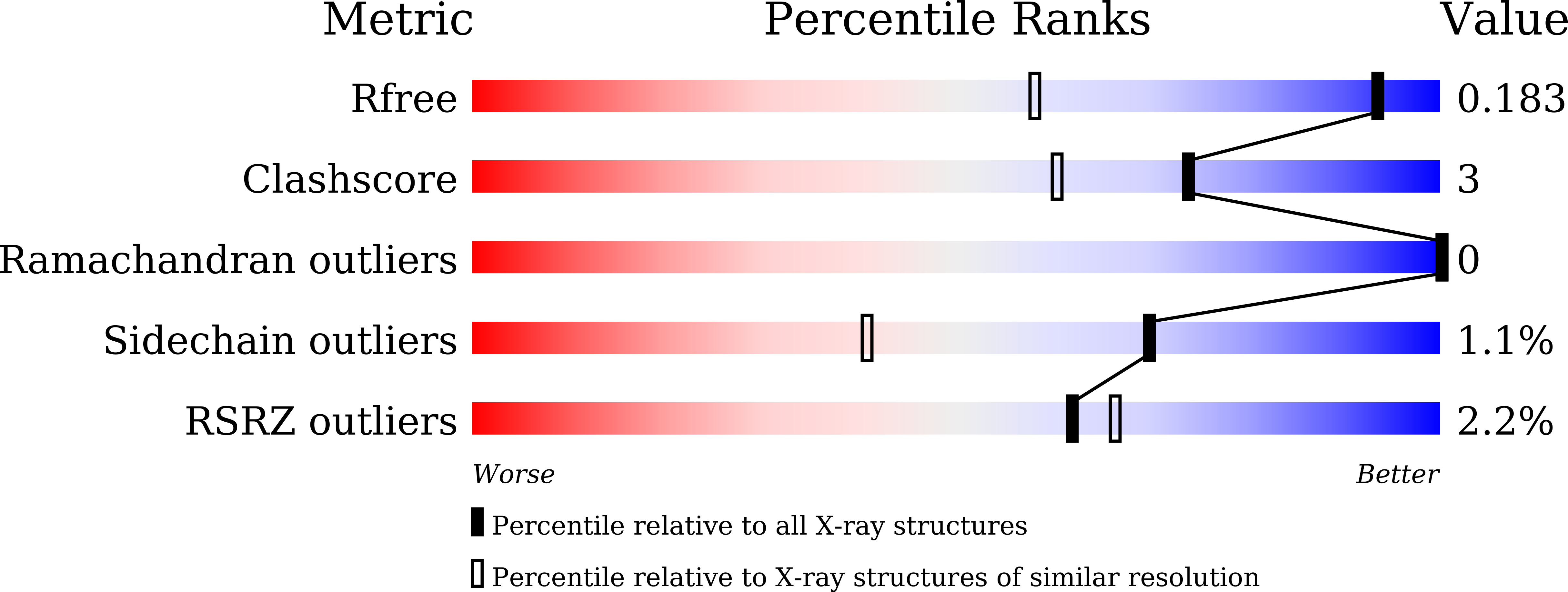
Deposition Date
2025-03-18
Release Date
2025-09-24
Last Version Date
2025-11-19
Entry Detail
PDB ID:
9U3B
Keywords:
Title:
Monomeric sarcosine oxidase from Bacillus sp. (SoxB) complexed with L-Thioproline
Biological Source:
Source Organism:
Bacillus sp. B-0618 (Taxon ID: 69000)
Host Organism:
Method Details:
Experimental Method:
Resolution:
1.30 Å
R-Value Free:
0.17
R-Value Work:
0.15
Space Group:
P 1 21 1


